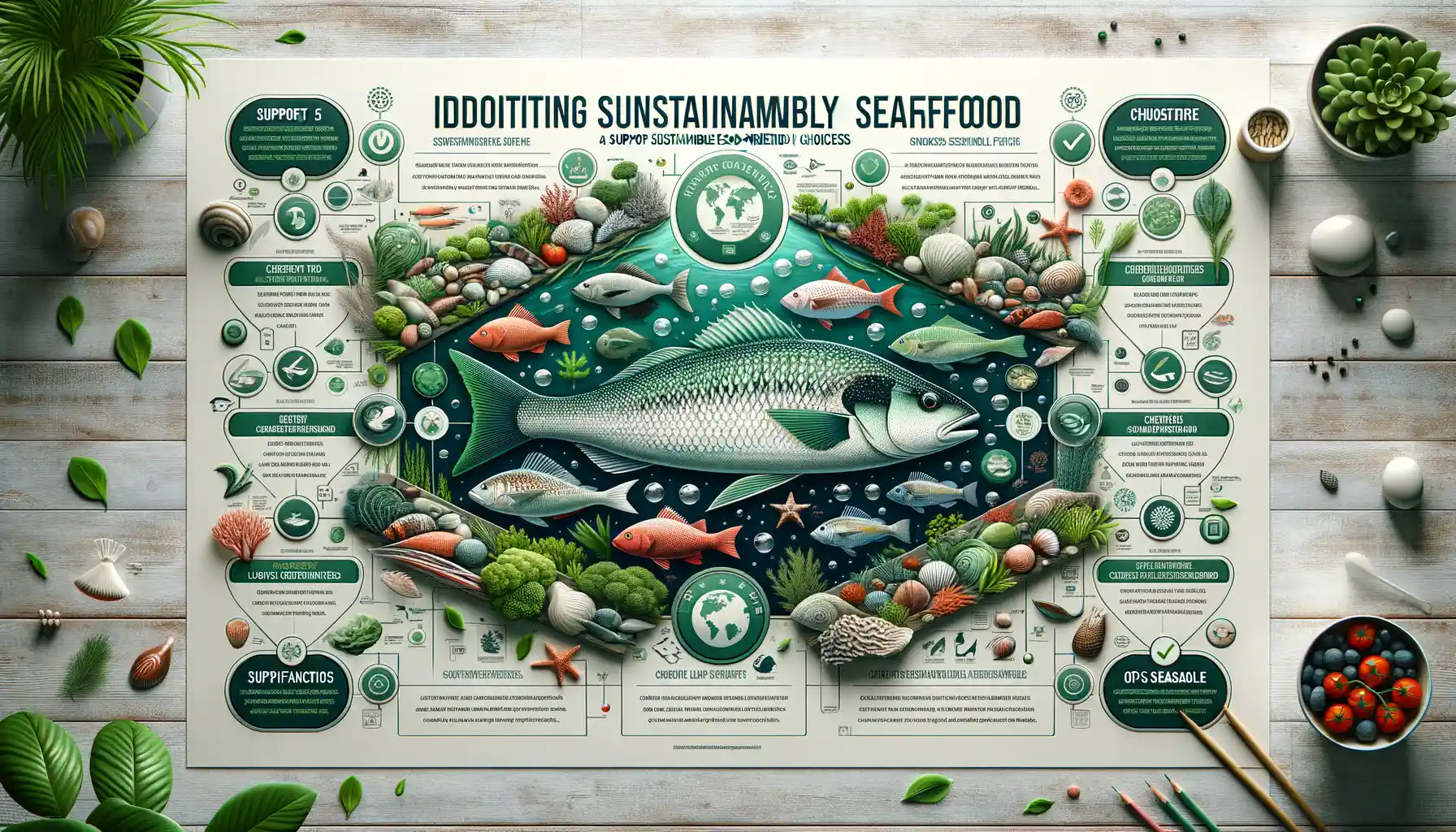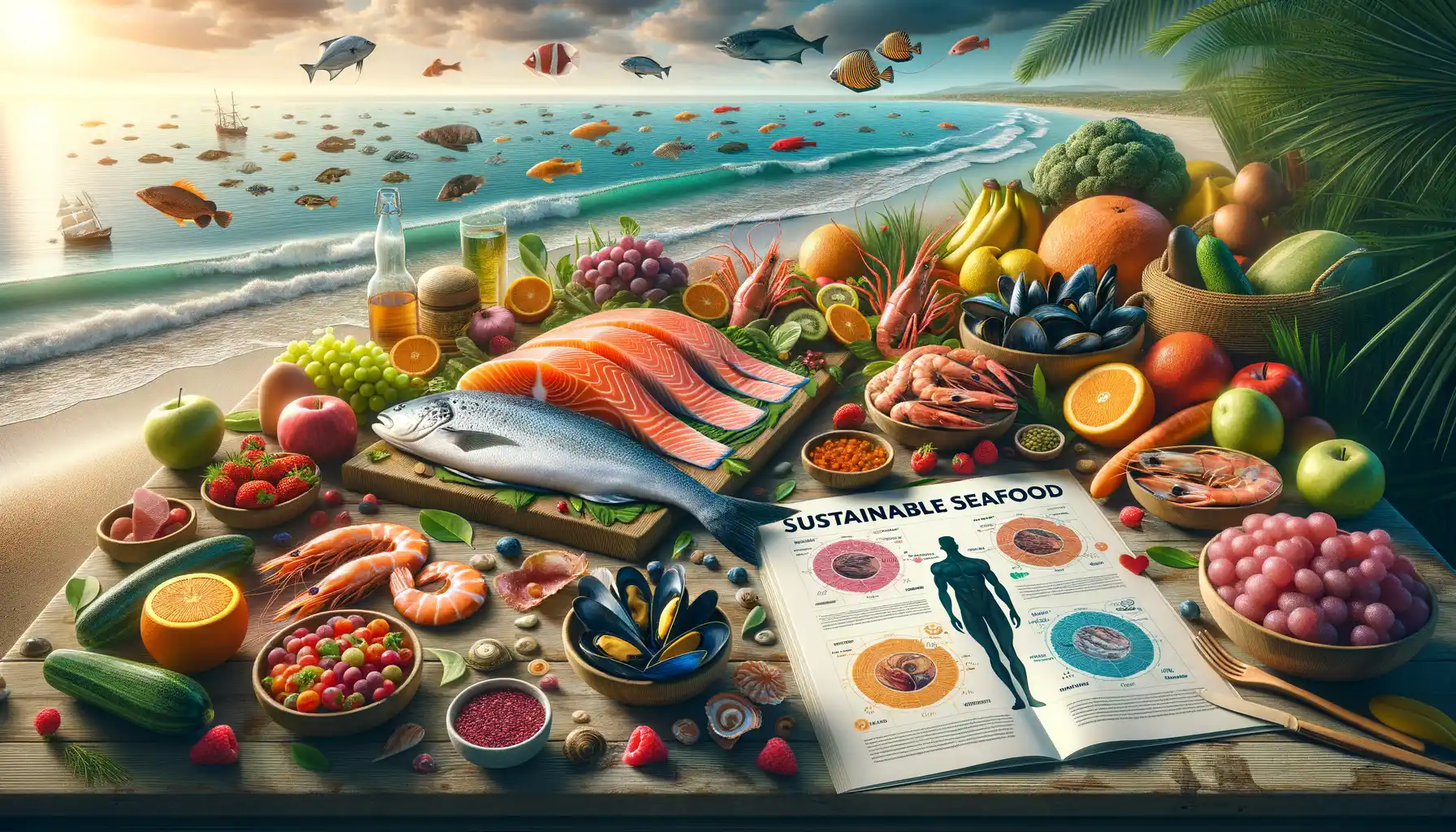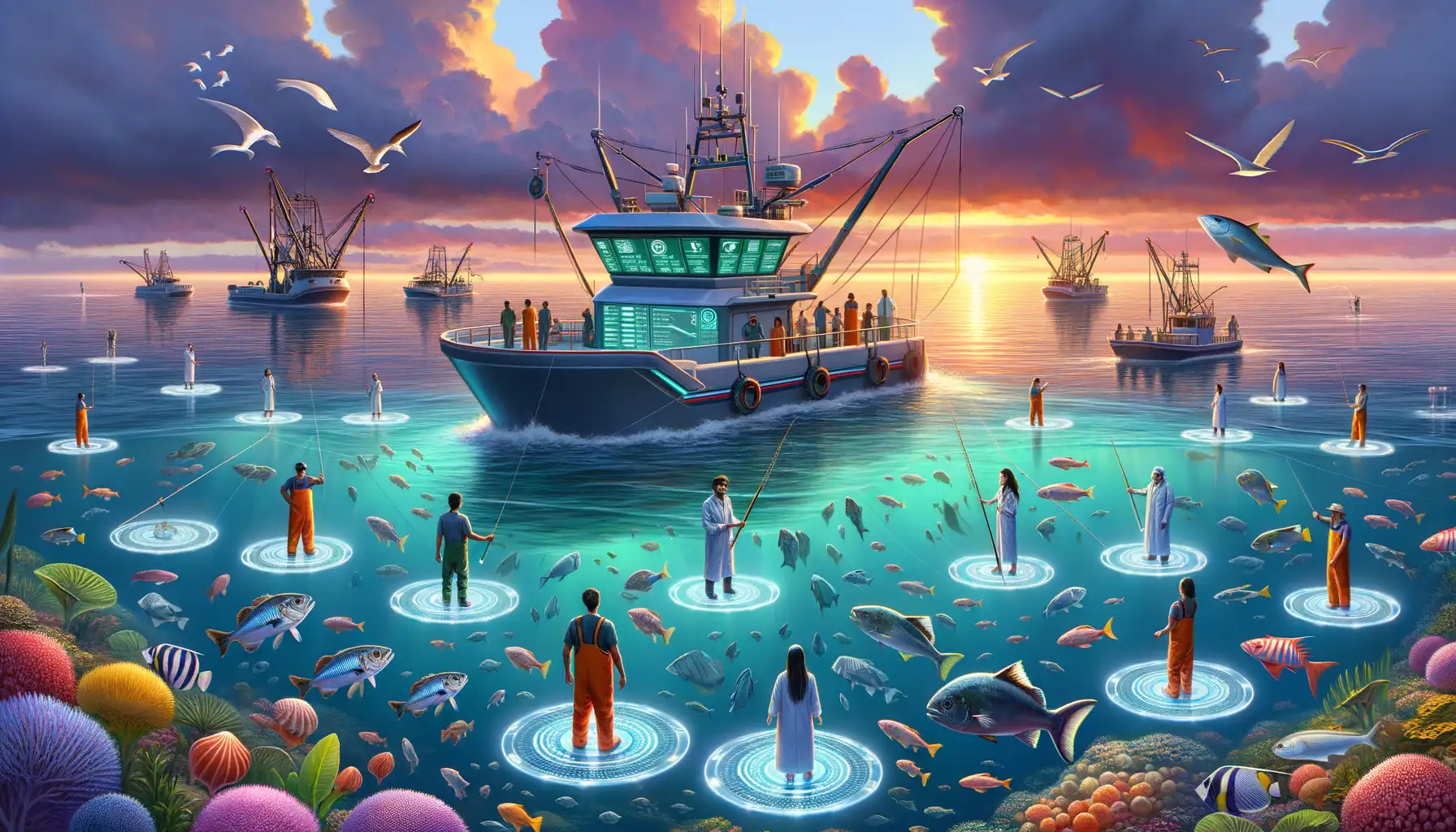Why Sustainable Seafood Matters
What’s at Stake When We Don’t Choose Wisely?
Imagine the ocean as a treasure chest packed with vibrant marine life—it’s a stunning ecosystem that took millions of years to perfect. But unsustainable fishing practices are like reckless thieves, robbing that chest blind. Overfishing and habitat destruction threaten not just fish but entire underwater worlds. That’s why choosing sustainable seafood isn’t just a buzzword or trend; it’s a lifeline for our oceans.
Beyond environmental impact, consider this: many species are being pushed to the brink. The majestic bluefin tuna, for example, is more critically endangered than some tigers. Would you want your plate to be a part of that story?
Your Choices Create Ripples
When you opt for sustainably sourced fish, you’re investing in something bigger than dinner. Here’s how:
- Protecting biodiversity: Sustainable methods minimize harm to other marine creatures like dolphins and turtles.
- Supporting fair livelihoods: Many sustainable fisheries ensure ethical working conditions for local communities.
- Preserving future meals: Responsible practices safeguard seafood for generations to come.
Each bite of responsibly caught fish can fuel change. It’s not just food—it’s a statement. A small choice with ocean-sized impact.
How to Identify Eco-Friendly Fish

Look for Certifications That Speak Volumes
Want to spot an eco-friendly fish? Start by looking for those little logos that mean big things. Certifications like the Marine Stewardship Council (MSC) or the Aquaculture Stewardship Council (ASC) are your golden tickets. They indicate that the fish were sourced in ways that respect both marine life and coastal communities. Think of them as a trustworthy handshake between you and the ocean.
But don’t stop there! If you’re shopping at your local market and a neatly labeled package isn’t an option, ask the seller directly about the fish’s origins. A simple “Where was this caught or raised?” can lead to some eye-opening conversations—and maybe even a deeper appreciation for your dinner.
The Red Flags You Don’t Want to Ignore
Not all fish get gold stars. Avoid species that are overfished or caught unsustainably, like:
- Bluefin tuna (we know, it’s delicious, but it’s struggling)
- Shark (their populations need a serious breather)
- Imported wild shrimp (often tied to bycatch and habitat destruction)
Instead, opt for alternatives such as farm-raised rainbow trout or Pacific sardines. Bonus—these choices are often better for your wallet and the planet, so it’s a double win!
Health Benefits of Choosing Sustainable Seafood

Boost Your Body with Nutrient-Rich Choices
Imagine this: every bite of that delicious, flaky fish isn’t just satisfying your taste buds—it’s fueling your body with life-enhancing goodness. Choosing sustainable seafood brings a treasure trove of health benefits to the table. For starters, eco-friendly fish are often caught or farmed under conditions that preserve their natural nutrient profiles. That means more omega-3 fatty acids for your heart, fewer contaminants, and a range of vitamins and minerals that help your brain and body thrive.
Think about wild-caught salmon bursting with omega-3s, or hearty mackerel rich in vitamin D—these are the building blocks of sustainable nutrition. Meanwhile, avoiding unsustainable options often means steering clear of species prone to higher mercury levels, giving your health a safer boost.
- Better brain function: Omega-3s in sustainable seafood support memory, focus, and mental clarity.
- Stronger immunity: Zinc and selenium from sustainably sourced fish reinforce your defenses.
- Improved heart health: Anti-inflammatory properties keep your heart happy and healthy.
Nourishing with Less Impact
Opting for sustainable seafood is also about reducing the bad stuff. Overfished species can carry more toxins due to stress on marine ecosystems. But when you choose responsibly sourced options—like certified pole-and-line tuna—you’re not just eating clean; you’re eating consciously. It’s like hitting the reset button for both your body and the ocean.
So, whether it’s grilled sardines on your plate or a tender tilapia fillet, think of these choices as an investment in your health and the planet’s future. Who knew doing good could taste—and feel—so great?
Tips for Incorporating Sustainable Seafood into Your Diet

Make Sustainable Seafood a Weekly Ritual
Dive into the wonderful world of sustainable seafood by making it a part of your routine. Picture this: a flaky, perfectly grilled piece of wild-caught Alaskan salmon sizzling on your plate on a Wednesday night—it’s easy to prepare, high in omega-3s, and Mother Nature gives it two thumbs up! Start small by swapping out one regular protein source for an eco-friendly fish option each week. Not sure where to start? Head to your local fishmonger or grocery store and look for labels like MSC-certified or Best Aquaculture Practices. These are your trusty guides in the ocean of choices.
Simple Ways to Squeeze It In
Incorporating sustainable seafood into your diet doesn’t have to feel like navigating uncharted waters. Here are a few creative and practical tips to get you hooked:
- Taco Tuesday transformation: Swap beef for pan-seared mahi-mahi and top with fresh mango salsa.
- Breakfast brilliance: Crack an egg over smoked trout on a slice of sourdough—it’s a game changer!
- Frozen to fresh: Don’t underestimate frozen sustainable fish; it’s both budget-friendly and delicious.
Remember, every bite is a small act of care for the oceans and your health. Let the sea inspire you!
Future of Sustainable Fishing Practices

Innovative Tools Reshaping the Seas
Imagine a world where oceans thrive like untouched jungles, teeming with life and balance. That’s the vision driving modern sustainable fishing practices! Thanks to cutting-edge technology, the industry is diving deeper into change. Picture this: drones monitoring fish populations from above, delivering data as precise as clockwork. Or fishermen casting their nets equipped with AI tools that identify species in real time—ensuring only the right catch is taken, leaving endangered species untouched.
But it’s not just tech wands waving magic. Breeders are reinventing aquaculture by developing methods that create less waste and rely on plant-based feeds rather than ocean-harvested fishmeal. These shifts aren’t some distant sci-fi fantasy—they’re happening now.
- Blockchain: Track your seafood’s origin—right down to the boat it came from.
- Hydroponic fish farms: Symbiotic systems where fish and plants thrive together.
Empowering Local Communities for Big Change
Let’s celebrate the human side of sustainable fishing. For coastal communities, eco-friendly practices mean more than environmental benefits—they safeguard generations’ way of life. From fishermen learning traditional knowledge combined with modern standards to villages exporting sustainably farmed shrimp, people are taking charge of their own future.
The secret ingredient behind this transformation? Collaboration. Local initiatives are partnering with global organizations to protect marine habitats while ensuring fair wages. That’s not just a win—it’s a ripple effect of positive change.